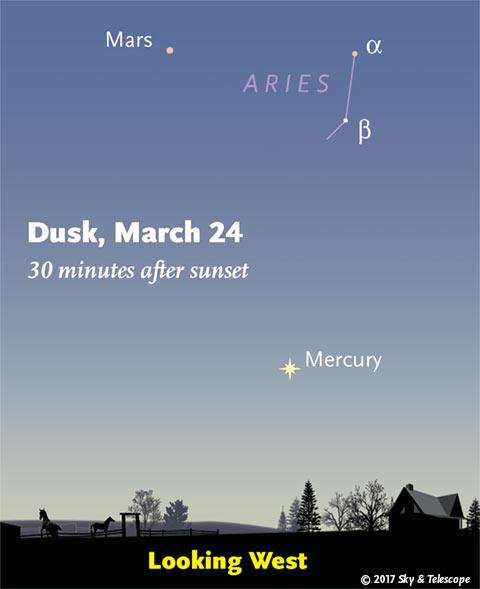
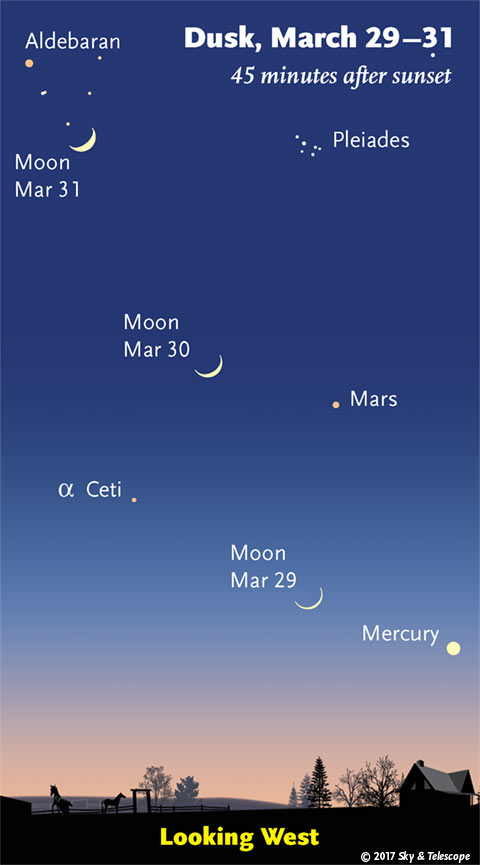
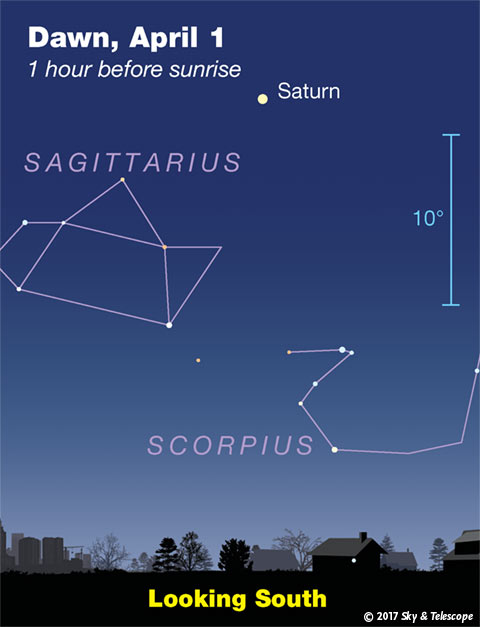
Friday, March 24
• This is the time of year when the dim Little Dipper (Ursa Minor) juts to the right from Polaris, the Little Dipper's handle-end during late evening. The much brighter Big Dipper curls over high above it, "dumping water" into it. They do the reverse in the fall.
Saturday, March 25
• Jupiter's moon Io disappears into eclipse by Jupiter's shadow, barely off Jupiter's western limb, around 12:18 a.m. EDT tonight (11:18 p.m. CDT). A small telescope is all you'll need.
• Venus reaches inferior conjunction, 8° north of the Sun.
Sunday, March 26
• Now that it's spring, the signature fall-and-winter constellation Cassiopeia is retreating down after dark. But for mid-northern latitudes Cassiopeia is circumpolar, never going away completely. Look for it fairly low in the north-northwest these evenings. It's standing nearly on end.
• Comet 41P/Tuttle-Giacobini-Kresak ("T-G-K") (see image below) is becoming nicely visible in amateur telescopes as it moves high across in the northern evening sky. It's currently about magnitude 7, depending on your instrument (larger apertures result in fainter estimates) and it may brighten a bit through April. It's large, now passing relatively close to Earth, mostly diffuse and low-surface-brightness but with a sharp nucleus. Use low power and a wide field before the bright Moon comes back! See article.
NOTE: Use the new finder chart for the comet that's in that article. The charts for it in the May Sky & Telescope are significantly off due to an error in the ephemeris.
Monday, March 27
• You may know Cancer's two binocular star clusters, the Beehive and little M67. But try too for the lovely double star Iota Cancri in the constellation's north end. With a separation of 30 arcseconds, its unequal yellow and blue components, magnitudes 4.0 and 6.6, can be a challenging split in 10×50 binos. And explore other sights a bit north of there using Matt Wedel's Binocular Highlights chart and column in the April Sky & Telescope, page 43.
• New Moon (exact at 10:57 p.m. EDT).
Tuesday, March 28
• Arcturus, the "Spring Star," now rises above the east-northeast horizon by the time the stars come out. How soon can you spot it? Brighter Jupiter comes up a little later, depending on your latitude, 30° to Arcturus's right.
Wednesday, March 29
• As twilight deepens, spot the thin crescent Moon low in the west. Right or lower right of it shines Mercury. Look about 10° above the Moon for Mars, currently about as puny as it gets at only magnitude +1.5. See the illustration above.
Thursday, March 30
• Now in late twilight, Mars is to the right or lower right of the Moon, as shown above.
• Draw a line from Castor through Pollux high overhead, follow it farther out by a big 26° (about 2½ fist-widths at arm's length), and you're at the dim head of Hydra, the Sea Serpent. In a dark sky it's a subtle but distinctive star grouping, about the size of your thumb at arm's length. Binoculars show it easily through light pollution.
Continue the line nearly two fists farther on and you hit Alphard, Hydra's orange heart.
Another way to find the head of Hydra: It's almost midway from Procyon to Regulus.
Friday, March 31
• The huge, bright Winter Hexagon is still in view after dark, filling the sky to the southwest and west. It's the biggest well-known asterism in the sky. Start with brilliant Sirius in the southwest, the Hexagon's lower left corner. High above Sirius is Procyon. From there look even higher for Pollux and Castor, rightward from Castor to Menkalinan and bright Capella, lower left from there to Aldebaran (near the Moon tonight), lower left to Rigel at the bottom of Orion, and back to Sirius.
Saturday, April 1
• For skywatchers around 40° north latitude, Mercury this evening is at its highest sunset altitude of the year. Look for it low in the west about 45 to 60 minutes after sunset. Fainter Mars is 15° above it.
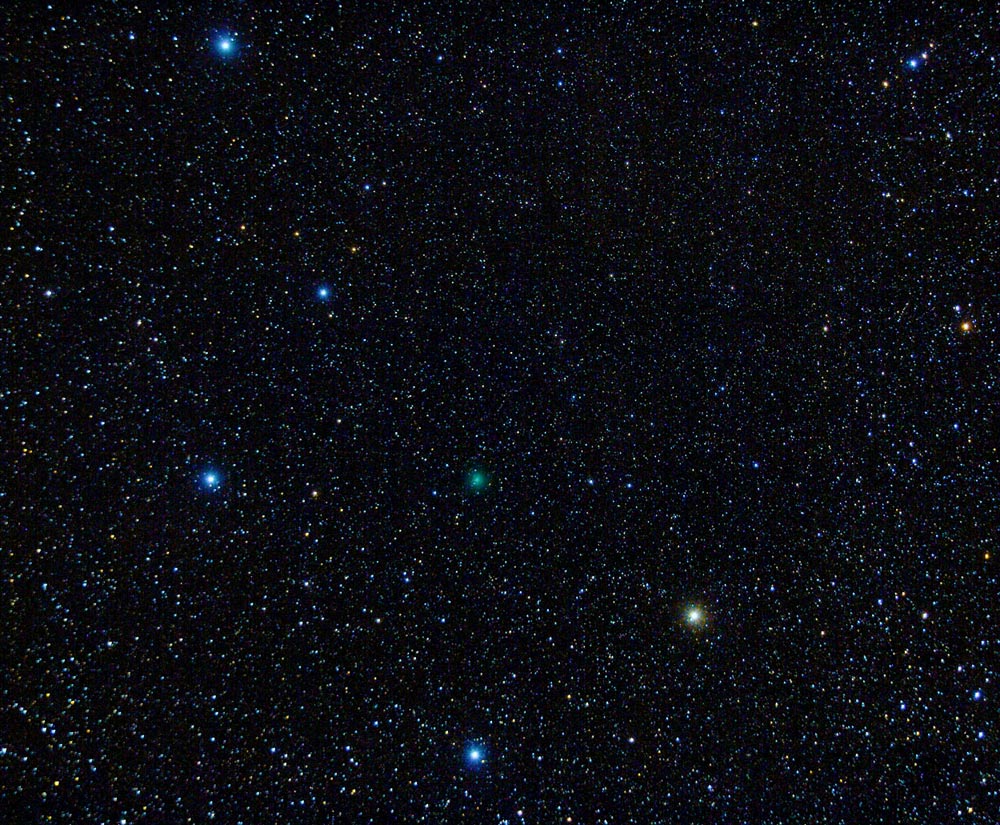
_________________________
Want to become a better astronomer? Learn your way around the constellations! They're the key to locating everything fainter and deeper to hunt with binoculars or a telescope.
This is an outdoor nature hobby. For an easy-to-use constellation guide covering the whole evening sky, use the big monthly map in the center of each issue of Sky & Telescope, the essential guide to astronomy.
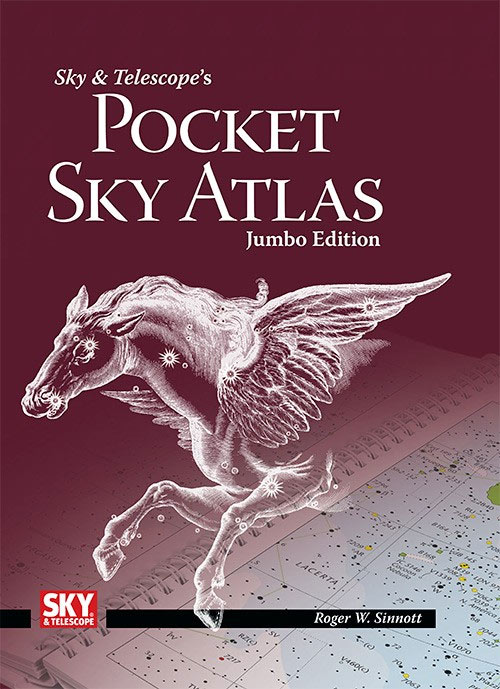
Once you get a telescope, to put it to good use you'll need a detailed, large-scale sky atlas (set of charts). The basic standard is the Pocket Sky Atlas (in either the original or Jumbo Edition), which shows stars to magnitude 7.6.
Next up is the larger and deeper Sky Atlas 2000.0, plotting stars to magnitude 8.5; nearly three times as many. The next up, once you know your way around, is the even larger Uranometria 2000.0 (stars to magnitude 9.75). And read how to use sky charts with a telescope.
You'll also want a good deep-sky guidebook, such as Sue French's Deep-Sky Wonders collection (which includes its own charts), Sky Atlas 2000.0 Companion by Strong and Sinnott, or the bigger Night Sky Observer's Guide by Kepple and Sanner.
Can a computerized telescope replace charts? Not for beginners, I don't think, and not on mounts and tripods that are less than top-quality mechanically (meaning heavy and expensive). And as Terence Dickinson and Alan Dyer say in their Backyard Astronomer's Guide, "A full appreciation of the universe cannot come without developing the skills to find things in the sky and understanding how the sky works. This knowledge comes only by spending time under the stars with star maps in hand."
This Week's Planet Roundup
Mercury (about magnitude –0.7 and fading) sparkles in evening twilight low due west. It's having its best evening apparition of the year!
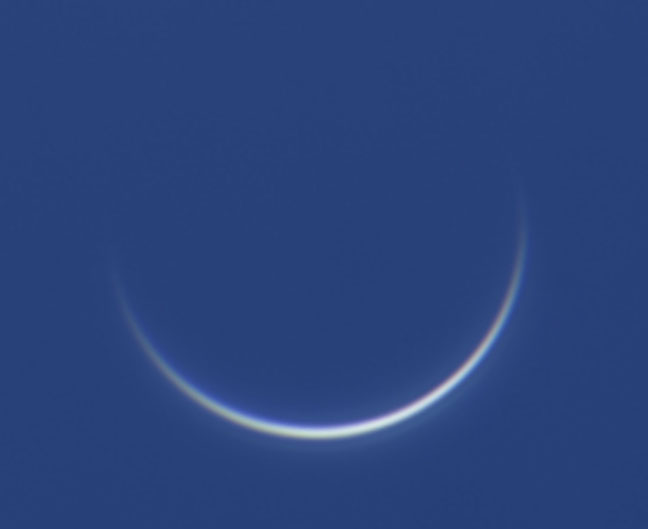
Venus (magnitude –4.2) passes through inferior conjunction with the Sun on March 25th, but it does so at its maximum possible separation of 8° north of the Sun. Can you find Venus at both dusk and dawn on the same day, or across the same night? Your chance is ending! See the March Sky & Telescope, page 46, or online, See an Ultra-Thin Crescent.
Mars (magnitude +1.5, in Aries) is the orange "star" moderately low due west in late twilight. The orange stars Alpha Arietis and Alpha Ceti in the same general area are fainter. In a telescope, Mars is a hopeless little fuzzblob 4.4 arcseconds across.
Jupiter (magnitude –2.4, in Virgo) is nearing its April 7th opposition. It shines low in the east after nightfall, and higher in the southeast by 11 or midnight. Spica dangles 6° below it. By dawn they're low in the west-southwest. In a telescope Jupiter is 44 arcseconds across its equator.
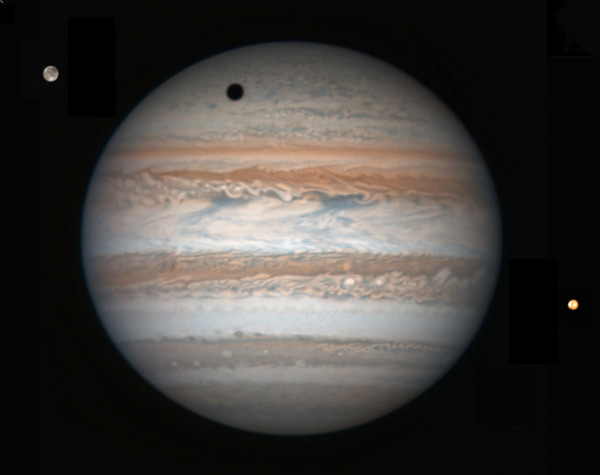
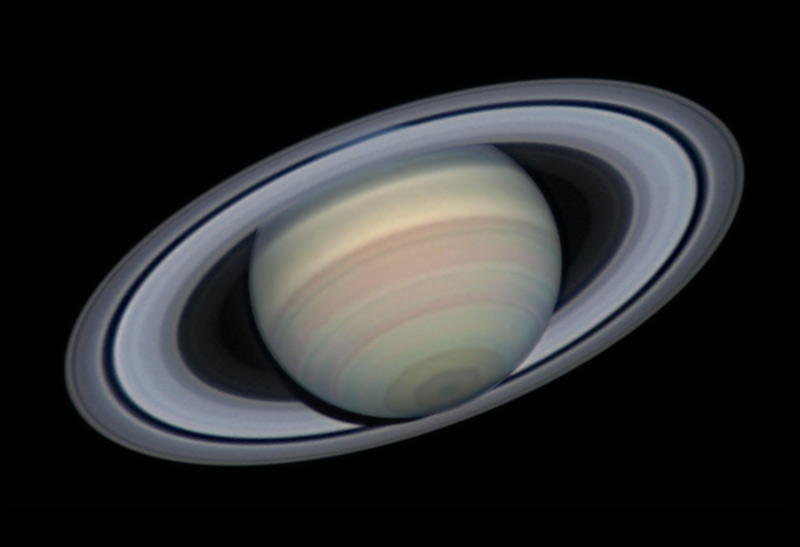
Uranus and Neptune are hidden in the glow of dusk and dawn, respectively.
__________________________
All descriptions that relate to your horizon — including the words up, down, right, and left — are written for the world's mid-northern latitudes. Descriptions that also depend on longitude (mainly Moon positions) are for North America.
Eastern Daylight Time (EDT) is Universal Time (UT, UTC, or GMT) minus 4 hours.
__________________________
"This adventure is made possible by generations of searchers strictly adhering to a simple set of rules. Test ideas by experiments and observations. Build on those ideas that pass the test. Reject the ones that fail. Follow the evidence wherever it leads, and question everything. Accept these terms, and the cosmos is yours."
— Neil deGrasse Tyson, 2014
"Objective reality exists. Facts are often determinable. Vaccines stop diseases. Carbon dioxide causes greenhouse warming. Science and reason are no political conspiracy; they are how we determine reality. Civilization's survival depends on our ability, and willingness, to do so."
— Alan MacRobert, your Sky at a Glance editor
"Facts are stubborn things."
— John Adams, 1770
Stand against falsehoods, denialism, and suppression of research. March For Science on April 22nd, in Washington DC and 410-plus other cities and towns, to “champion publicly funded and publicly communicated science as a pillar of human freedom and prosperity.”
 0
0








Comments
You must be logged in to post a comment.